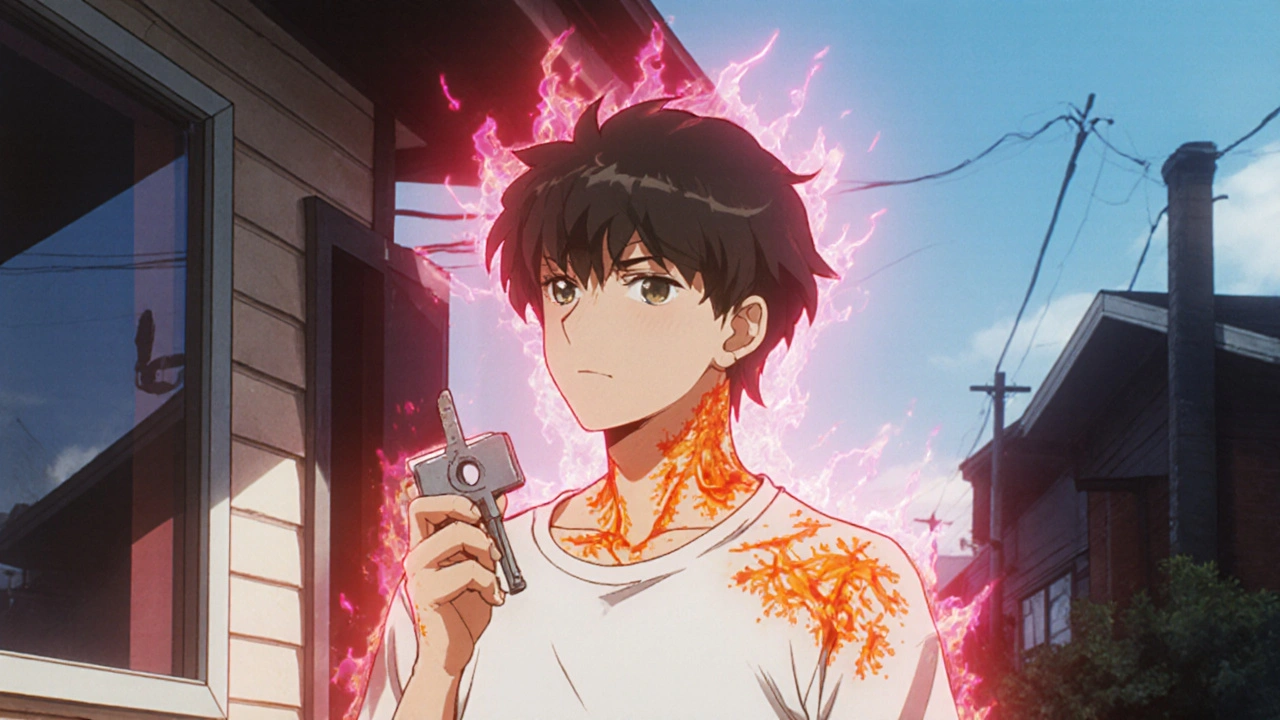
Photosensitivity Risk Calculator
Assess Your Sun Exposure Risk
Calculate your photosensitivity risk while taking doxycycline or TMP-SMX based on medication type, UV exposure, and duration.
Your Risk Assessment
When you’re prescribed doxycycline or TMP-SMX (Bactrim, Septra), your doctor focuses on killing the infection. But there’s another hidden risk you might not hear about until you’re already sunburned: photosensitivity. This isn’t just a mild irritation-it’s your skin reacting violently to sunlight because of the antibiotic in your system. Even a short walk to the mailbox or sitting near a window can trigger a painful, blistering burn. And it doesn’t always go away when you stop taking the pill.
What Exactly Is Antibiotic Photosensitivity?
Photosensitivity means your skin becomes unusually sensitive to ultraviolet (UV) light because of a medication. With doxycycline and TMP-SMX, it’s not an allergy-it’s a chemical reaction. These drugs absorb UVA rays (320-400 nm), which penetrate deep into your skin. Once activated, they create free radicals that damage skin cells. The result? A sunburn that hits faster, harder, and deeper than normal.About 95% of these reactions are phototoxic, meaning they look like a bad sunburn: redness, swelling, pain, and sometimes peeling or blisters. They show up within 30 minutes to 24 hours after sun exposure. The other 5% are photoallergic-rare, itchy rashes that appear days later, like eczema. Either way, it’s avoidable.
Why Doxycycline and TMP-SMX Are the Worst Offenders
Not all antibiotics cause this. Penicillin? Minimal risk. Amoxicillin? Almost none. But doxycycline and TMP-SMX are top-tier risks.Studies show that around 20% of people taking doxycycline at standard doses (200 mg daily) develop phototoxic reactions. In one study, 2 out of 10 patients got burned after minimal sun exposure. Demeclocycline, another tetracycline, was even worse-9 out of 10 patients reacted. TMP-SMX isn’t far behind. The Skin Cancer Foundation calls it a known trigger, and reactions can linger for weeks after you stop taking it.
Here’s why it’s dangerous: UVA rays pass right through glass. So you can get burned sitting near a window, driving in the car, or working at a desk with sunlight streaming in. UVB-what causes regular sunburn-is blocked by glass. But UVA isn’t. That’s why people think they’re safe indoors… until they wake up with a fiery rash.
How Fast and How Bad Can It Get?
The timeline is brutal. With doxycycline, you might be fine in the morning, then by afternoon, your shoulders and neck look like you spent a day on the beach without sunscreen. With TMP-SMX, the reaction can be delayed, but just as severe. Some patients report burns after just 15 minutes of exposure.Medical data shows that the minimum dose of UV needed to cause a burn-called the minimum erythema dose-can drop by up to 50% in people on these drugs. That means your skin burns at half the UV exposure you’d normally tolerate. And unlike regular sunburn, this one doesn’t heal cleanly. It can leave dark patches that last for months, especially on darker skin tones.
And here’s the kicker: some people don’t realize they’re reacting until it’s too late. They think, “I only went outside for five minutes,” or “I wore a T-shirt.” But standard cotton shirts only block about UPF 5-10. That’s like wearing sunscreen with SPF 5. Not enough.
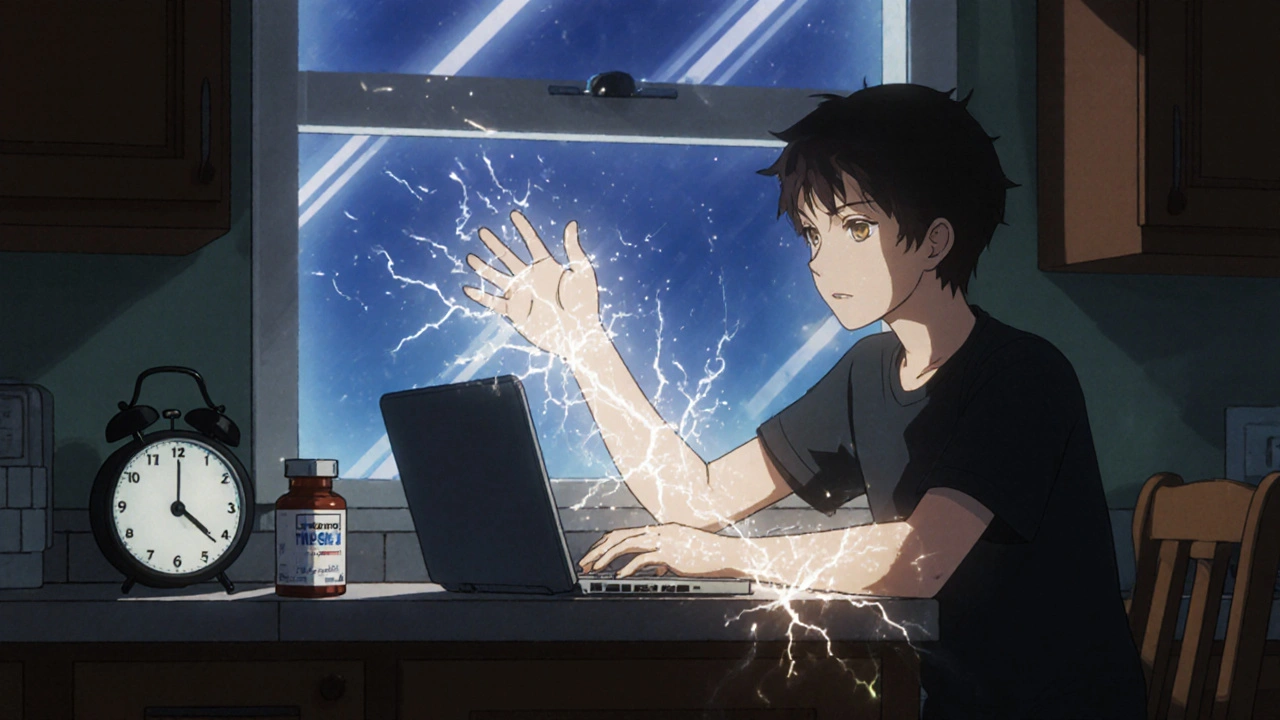
What You Must Do to Stay Safe
If you’re on doxycycline or TMP-SMX, you need a full sun safety plan-not just sunscreen.- Use broad-spectrum SPF 30+ sunscreen every single day. Apply it 15 minutes before going outside. Reapply every two hours-even if it’s cloudy. And yes, even if you’re indoors near a window. Look for zinc oxide or titanium dioxide; they physically block UVA better than chemical filters.
- Wear UPF 30+ sun-protective clothing. Regular clothes aren’t enough. Look for shirts, pants, and hats labeled UPF 30 or higher. Wide-brimmed hats (3 inches or more) protect your neck and ears-common burn zones.
- Avoid direct sun between 10 a.m. and 4 p.m. That’s when UV rays are strongest. Plan walks, errands, or outdoor time for early morning or late afternoon.
- Don’t rely on shade alone. Trees and umbrellas block some UV, but scattered rays still reach you. Combine shade with clothing and sunscreen.
- Check your medications. If you’re on multiple drugs, ask your pharmacist if any others add to the risk. Fluoroquinolones like ciprofloxacin or levofloxacin also cause photosensitivity. Combine them with doxycycline? Double risk.
How Long Does the Risk Last?
This is where most people get caught off guard.With doxycycline, the risk fades within a few days after you stop taking it. But with TMP-SMX? It can stick around for weeks. One patient reported a severe burn two weeks after finishing their course. That’s why you can’t just stop worrying when the pills are gone. Keep protecting your skin for at least 10-14 days after your last dose.
Doctors often skip this detail during the prescription. They say, “Avoid sun,” but don’t explain how long to keep avoiding it. Don’t assume. Assume the worst-and protect yourself longer than you think you need to.
What Happens If You Ignore It?
A bad sunburn from these antibiotics isn’t just painful-it’s dangerous long-term. Repeated phototoxic reactions increase your risk of skin cancer. The damage isn’t just surface-level; it’s genetic. UV-triggered free radicals can mutate skin cell DNA. And because these reactions happen so fast, you’re getting hit with concentrated damage without realizing it.Studies show that people who’ve had multiple drug-induced sunburns have higher rates of actinic keratoses (precancerous lesions) and squamous cell carcinoma. This isn’t theoretical. Dermatology clinics across Canada and the U.S. have seen a 15% yearly increase in photosensitivity cases since 2018-mostly tied to increased antibiotic use during and after the pandemic.
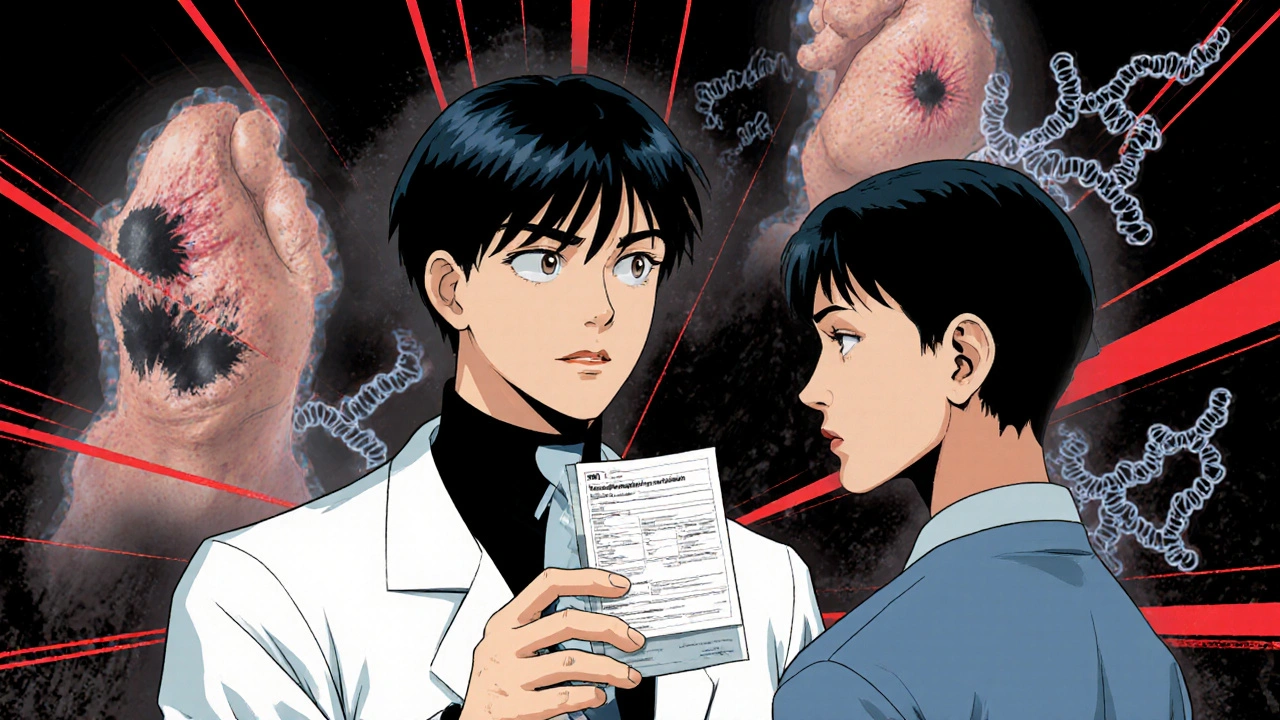
What to Do If You Get Burned
If you notice redness, pain, or blistering after sun exposure while on these antibiotics:- Get out of the sun immediately.
- Cool the skin with damp cloths or a lukewarm bath. No ice.
- Apply fragrance-free aloe vera or hydrocortisone cream (1%) to reduce inflammation.
- Take ibuprofen to help with pain and swelling.
- Stay hydrated.
- Call your doctor if blisters cover a large area, you develop fever, or the burn doesn’t improve in 48 hours.
Don’t pop blisters. Don’t peel skin. Let it heal. And once it does, don’t go back into the sun without full protection.
Why Most People Fail at Sun Safety
Here’s the hard truth: about 40% of patients stop using sunscreen or protective clothing within the first week of starting these antibiotics. Why?- They think it’s “just a little sun.”
- They forget because they feel fine.
- They don’t know UVA goes through glass.
- They assume the doctor would’ve warned them if it were serious.
But doctors are rushed. They’re focused on the infection. Sun safety is an afterthought. That’s on you now. You’re the one who has to remember. You’re the one who has to be the advocate for your skin.
Final Reality Check
You’re taking doxycycline or TMP-SMX because you need it. Maybe for a sinus infection, a tick bite, or a urinary tract infection. Don’t let a preventable sunburn derail your recovery. Don’t let a few minutes in the sun cost you weeks of pain, dark spots, or long-term skin damage.Protect your skin like it’s your most valuable asset-because it is. Sunscreen. Clothing. Timing. Consistency. These aren’t suggestions. They’re medical necessities.
And if you’re still unsure? Ask your pharmacist. Show them your prescription. Ask: “Is this one of the antibiotics that causes sun sensitivity?” If they hesitate, push for a clear answer. Your skin will thank you.
Can I still go outside if I’m on doxycycline or Bactrim?
Yes, but you must take full precautions. Avoid direct sun between 10 a.m. and 4 p.m. Wear UPF 30+ clothing, a wide-brimmed hat, and apply broad-spectrum SPF 30+ sunscreen every two hours-even on cloudy days or near windows. Short walks are okay if you’re fully protected.
Does sunscreen alone protect me from photosensitivity?
No. Sunscreen is essential, but not enough on its own. Standard clothing offers only UPF 5-10, which is like SPF 5. UVA rays penetrate glass and thin fabrics. You need UPF 30+ clothing, wide-brimmed hats, and shade in addition to sunscreen. Think of sunscreen as your last line of defense, not your only one.
How long after stopping the antibiotic am I still at risk?
For doxycycline, risk drops within 3-5 days after your last dose. For TMP-SMX (Bactrim), the risk can last up to 2 weeks or longer. Some patients report reactions even after 3 weeks. Until you’re sure, keep using sun protection. When in doubt, protect longer.
Can I get a tan while on these antibiotics?
No. Tanning means UV damage. With doxycycline or TMP-SMX, your skin can’t handle even low levels of UV without reacting. A tan isn’t safe-it’s a sign of injury. You’re not building a base tan; you’re increasing your risk of burns, discoloration, and skin cancer. Avoid intentional sun exposure entirely.
Are there any antibiotics that don’t cause sun sensitivity?
Yes. Penicillins like amoxicillin, cephalosporins like cephalexin, and macrolides like azithromycin have very low or no photosensitivity risk. But doxycycline, TMP-SMX, ciprofloxacin, and levofloxacin are high-risk. Always ask your pharmacist if a new antibiotic you’re prescribed can cause sun sensitivity.
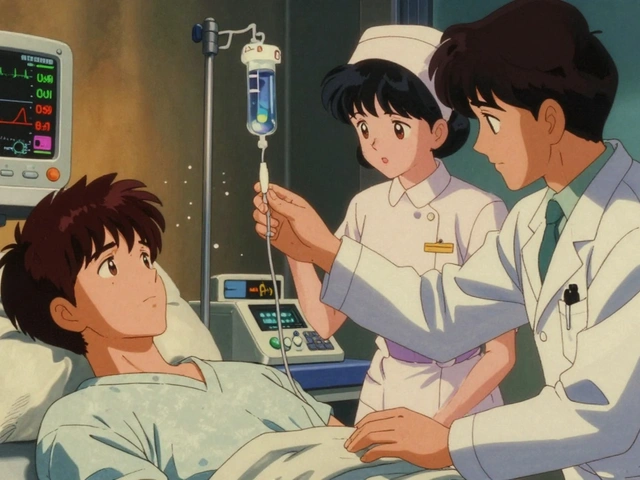
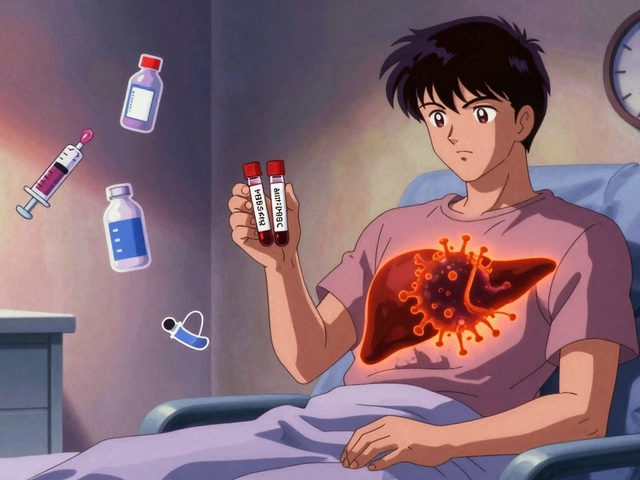

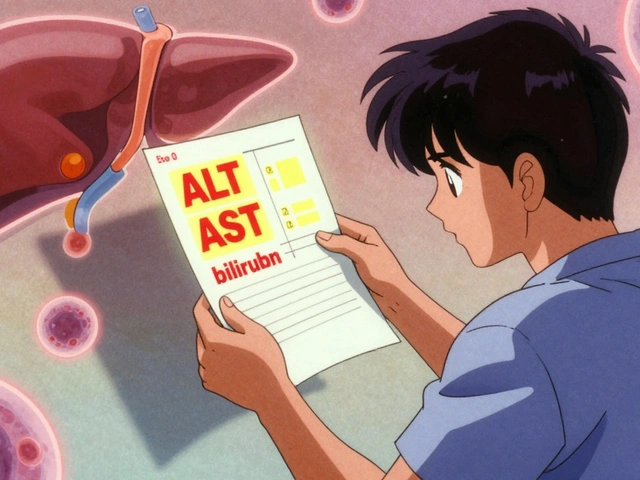
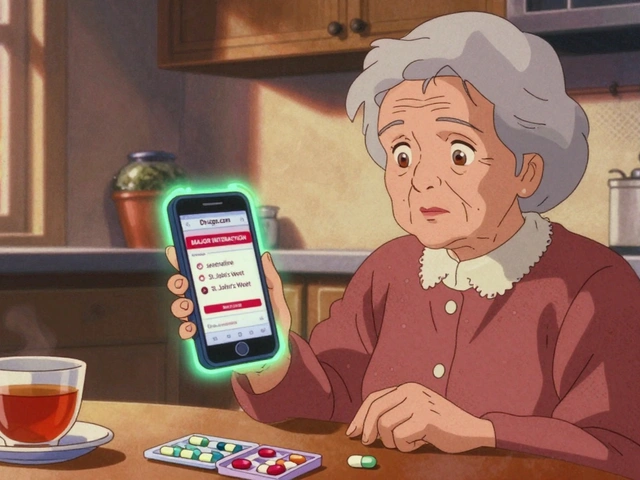
9 Comments
I got burned on my neck last summer while just sitting by the window reading. Thought I was being careful. Turns out my doxycycline was doing the dirty work. Now I wear a hat indoors. Never again.
Also, why do doctors never mention this? I had to Google it after I looked like a lobster.
This is so important. I’m a nurse and I’ve seen patients come in with second-degree burns from just walking to their car. It’s not just ‘be careful with the sun’-it’s ‘your skin is literally being chemically cooked.’
Thank you for spelling this out so clearly. I’m sharing this with every patient I prescribe these to now.
OMG I JUST REALIZED I GOT BURNED BY MY DESK WINDOW WHILE ON BACTRIM AND THOUGHT IT WAS JUST A BAD SUNBURN 😭
LIKE I WASN’T EVEN OUTSIDE. I THOUGHT I WAS BEING SMART. I WASN’T. I WAS A WALKING PHOTOCHEMICAL EXPERIMENT.
MY NECK LOOKS LIKE A MAP OF HELL. I’M WEARING A SCARF NOW. FOREVER.
A well-structured and clinically accurate guide. The emphasis on UPF clothing over sunscreen alone is particularly valuable. Many patients misunderstand the difference between UVB and UVA protection, and this post clarifies it effectively.
For healthcare providers: consider including a printed handout with this information at the time of prescription. It’s a simple step that could prevent significant morbidity.
Oh wow, so now we’re babysitting our skin because Big Pharma doesn’t want us to tan? Next they’ll tell us not to breathe oxygen because it’s ‘oxidative stress.’
My grandpa worked in a field for 60 years without sunscreen and lived to 92. You people are so fragile now. Just go outside and be a human.
Also, I don’t pay taxes so I can be told what sunscreen to use. #FreeSkin
Ugh I knew this was coming. I’ve been on doxycycline for my acne and now I can’t even look at the sun without crying. My roommate went to the beach and got burned so bad she cried in the shower. I felt her pain. I cried too. I’m not even the one taking it but I’m traumatized.
And now I have to wear a hat? Like a grandma? My hair is finally growing out. This is the worst.
Also, why isn’t this on the packaging? Someone should sue.
I’m going to post about this on TikTok. My followers need to know. #SunBurnTrauma #DoxycyclineHellscape
Just wanted to say thank you for this. I’m on TMP-SMX right now and had no idea about the glass thing. 🙏
Went out for coffee this morning and realized my shirt was basically useless. Just bought a UPF hoodie and a wide-brimmed hat. 🧢☀️
Also, pharmacist said cipro is just as bad-so if you’re on antibiotics and plan to be outside, always ask. No shame in asking twice.
Stay safe out there, friends. Your skin’s got your back. You’ve got to return the favor. ❤️
It’s fascinating how medicine treats the body like a machine you can tweak with chemicals, then forgets that the machine is still made of flesh that remembers.
Do we really think a pill is just a pill? Or is it a key that unlocks something in us we didn’t know was there-like an ancient biological reflex to sunlight, now hijacked by synthetic molecules?
Our skin isn’t broken. It’s signaling. We just don’t listen until it screams.
And then we blame the sun. Not the system. Not the rush. Not the lack of education.
Maybe the real infection isn’t the bacteria. Maybe it’s the assumption that we can control nature without consequence.
Protect your skin. But also ask: why did we ever think it was okay to let this happen in the first place?
Wow. So we’re supposed to treat a 7-day antibiotic course like it’s a nuclear warhead? I’ve seen people on this drug go to the beach and come back looking like they got hit by a flamethrower. But you know what? They didn’t read the fine print. They were lazy. They thought they were immune.
Here’s the truth: if you can’t follow basic sun safety rules, you shouldn’t be allowed to leave your house. This isn’t rocket science. It’s sunscreen. A hat. 10 minutes of common sense.
Stop acting like this is a conspiracy. It’s just biology. And you? You’re the one who chose to ignore it.